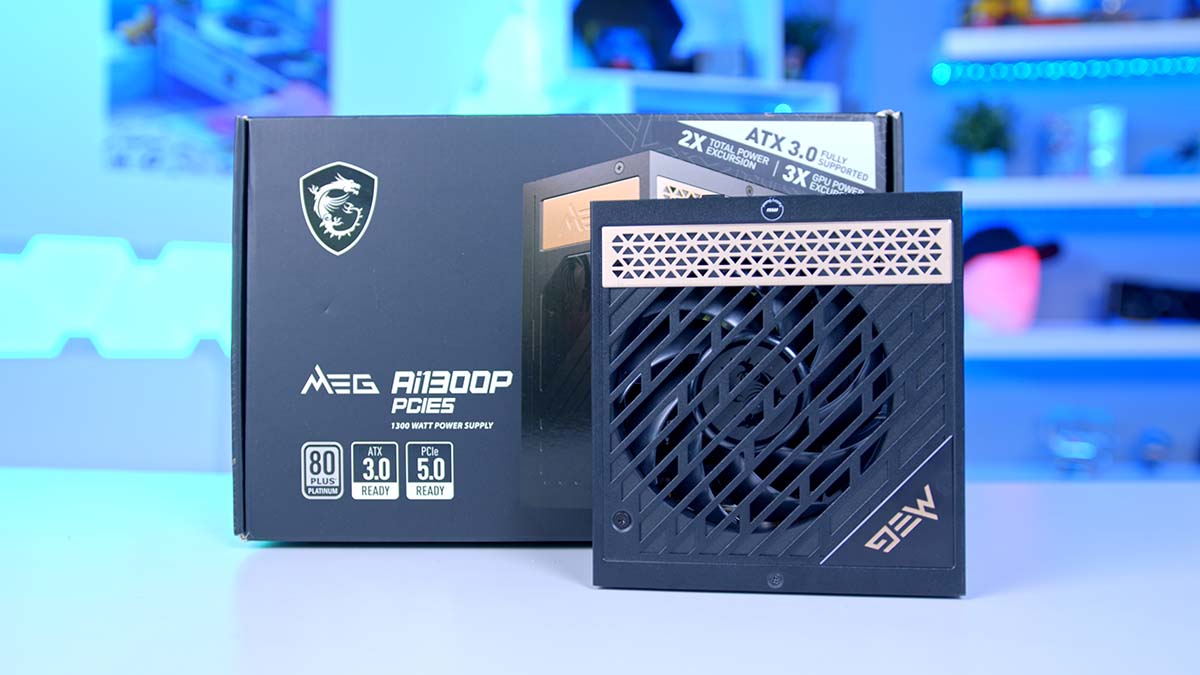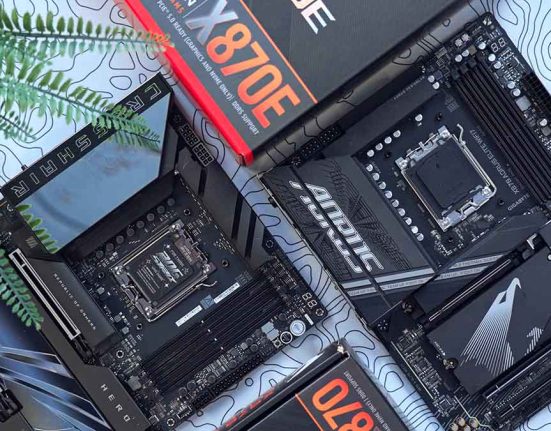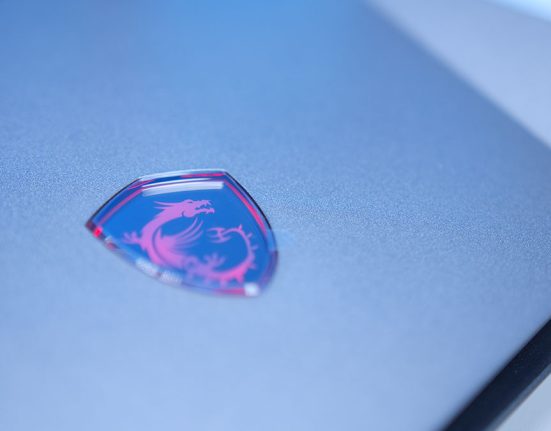The MSI MEG Ai1300P PCIE5 power supply is designed with enthusiasts in mind. Offering 1300W of raw power built to handle top-end systems with plenty of beefy components, the MEG Ai1300P is a PSU that can handle high-power excursions. This is one of many ATX 3.0 power supplies on the market offering reliable power delivery for your PC build. We’ve tested this power supply to see what’s on offer from the MSI MEG Ai1300P PCIE5, analysing its specs and features to gauge its value proposition.
In the past year or so since the release of the MEG Ai1300P PCIE5, pretty much all power supply manufacturers offer PSUs that comply with the ATX 3.0 specification. Because of this, the market is saturated with a significant range of ATX 3.0 compatible units, making it challenging for the average builder to sift through the good and the bad. This means that the MEG Ai1300P PCIE5 has a fair amount of competition to beat and stand out from other PSUs on the market.
Buy the MSI MEG Ai1300P PCIE5 on:
Specification
The MSI MEG Ai1300P PCIE5 is a compact ATX unit measuring 160mm long, 150mm wide, and 86mm deep. Compared to some of its previous models, MSI has made the Ai1300P PCIE5 slimmer so that it fits within a range of cases and offers more space for cable management. Despite its compact nature, this is still one hefty power supply.

In terms of wattage, the Ai1300P PCIE5 can supply up to a maximum of 1300W, perfect for a PC build with a couple of 4090 graphics cards or paired up with an Intel Core i9-14900KS. MSI also claims that the Ai1300P PCIE5 can also handle excursions up to 2600W (meaning it will continue operating briefly before over-power protection kicks in). This is part of the ATX 3.0 specification, which requires PSUs to handle high-power spikes, minimising shutdowns if the spike is only for a short time.
On the efficiency front, the Ai1300P PCIE5 has an 80 Plus Platinum and Cybenetics Platinum rating. Platinum is the second-highest efficiency rating according to the 80 Plus standard, and this ensures that at a 50% load, this unit will offer a power efficiency of 90%. If you’re using 650W of power, only 65W will be lost as heat or noise, minimising extra wattage lost at the wall. At 100% load, this only decreases by 1% down to 89% efficiency, which is still impressive. This is also validated by Cybenetics, which details an average efficiency of 89.115 on the 12V rail.
| Specification | MSI MEG Ai1300P PCIE5 |
|---|---|
| Size | ATX |
| PSU Dimensions (L x W x H) | 160mm x 150mm x 86mm |
| Wattage | 1300W |
| Efficiency Rating | 80 Plus Platinum Cybenetics Platinum |
| Modularity | Fully |
| ATX 3.0 | Yes |
| Fan Size | 120mm |
| Zero-Fan Mode | Yes |
| Warranty | 10 years |
The rest of the specs are standard for a PSU of this calibre. It features a fully modular cabling system, allowing you to pick and choose what’s plugged in. To provide airflow, MSI has opted to use a 120mm fan. This is one of their MEG SILENT GALE P12 fans used on the CoreLiquid S360 cooler. Through the Gaming Intelligence feature (which we’ll detail later), the MEG Ai1300P PCIE5 has a zero-fan mode, automatically switching the fan off if the load is under 55%, ensuring silence. MSI also offers a ten-year warranty with this power supply, a nice value-add.
Regarding pricing, the Ai1300P is a rather pricey unit. With an MSRP of $359.99, this power supply is not geared towards the budget side of the market. Since its arrival on the market in 2022, it has dropped in price at the time of writing. Admittedly, the price drops aren’t gigantic, but this makes sense based on how beefy the Ai1300P is.
MSI MEG Ai1300P PCIE5 Design
Regarding the design, the MEG Ai1300P PCIE5 is a reasonably sophisticated power supply. While there’s no screen, as we’ve seen on other units like the ROG Thor from ASUS, the MEG branding is consistent across the chassis. MSI has opted for a contrasting black and gold style. The chassis is coated in a typical black, with a couple of streaks of gold on the side and top.

While it isn’t likely that most builds will see the power supply, especially if it’s been shifted to the back of the case to be kept out of sight, those with a visible, less restrictive PSU shroud will be able to spot tinges of gold.

MSI has provided an element of customisability based on the orientation of the power supply. The magnetic plates on the side can be removed and rotated, which makes the text look consistent if the power supply is visible inside the case.

As this is a fully modular power supply, there are no pre-installed or fixed cables. The Ai1300P PCIE5 is jam-packed with headers, supporting a vast range of different build configurations. There are six 8-pin PCI-E headers, four SATA and MOLEX headers, two 8-pin EPS CPU headers, a standard 24-pin motherboard header, and the 12VHPWR header for current-gen graphics cards.
On this side, you’ll also find the G.I. (Gaming Intelligence) Mini-USB port, which plugs into a USB header on a motherboard. This port provides access to data and software control, which can be handy for enthusiasts looking to tinker with the power settings.

Overall, the MSI MEG Ai1300P PCIE5 is well-constructed and offers a somewhat unique design. Although the aesthetic isn’t critical, it’s excellent that MSI offers a unit that doesn’t adhere to the typical black box look and provides some contrast for those whose power supply is more visible in the case.
Power Connectors
24-Pin Motherboard Power Cable
One of the main cables you’ll see with any power supply is the 24-pin motherboard cable. This long, chunky rectangular connector plugs directly into your motherboard and only goes one way. This cable is a requirement for powering your motherboard. MSI has also split the headers that go into the motherboard into a 10+14 configuration. This is often done to provide a more accurate voltage.

8-Pin EPS CPU Power Cable
Another mandatory cable is the 8-pin EPS CPU connector, sometimes split into 4+4. The PSU has two slots for you to plug in here, and these cables are required to power your CPU. Without this, your PC won’t boot, so plug this cable into the slot at both ends with a firm push.

6+2 Pin GPU Power Cable
The 6+2 pin PCI-E cable provides power for graphics cards and Corsair iCUE LINK hubs. This header has eight pins and can be split into a 6+2 configuration based on your GPU. Six of these are in the box, and they are necessary for non-RTX 4000 graphics cards.

12VHPWR GPU Power Cable
Following the ATX 3.0 specification, all ATX 3.0 certified power supplies must include the 12VHPWR cable for graphics cards. These cables can pipe up to a maximum of 600W and are designed for higher power excursions.

SATA Power Cable
While SATA power isn’t typically used for storage devices, it is more commonly used for fans and hubs. In the past year, we’ve seen several cases with integrated hubs or daisy-chainable fans requiring SATA power. These cables are notched and friction-fit, so the connectors simply snap together.

Molex Power Cable
MOLEX-powered components are a bit rare nowadays. Some fans and older media devices use MOLEX, but as a general rule of thumb, you won’t likely ever need to use MOLEX power.

Features We Like
Gaming Intelligence Control
The Gaming Intelligence USB provides several additional settings that you can tinker with and change based on your preferences. Through the MSI Center application, Gaming Intelligence allows you to switch between multi and single-rail DC output, amend the fan curves, monitor real-time power draw, and check system stats. This is very handy if you plan on overclocking.

Cable Combs
The included cable combs make organising each cable easy. They help keep the cables tidy, providing a clean look while ensuring that the power connectors are tidy.

Features We Don’t Like
Gaming Intelligence Requires MSI Center
The MSI Center application isn’t as refined as other software suites we’ve used previously. While the additional element of control over the PSU is appreciated, this is hindered by the fact that MSI Center doesn’t always like to play ball.

Conclusion
MSI MEG Ai1300P PCIE5
Product Name: Ai1300P PCIE5
Brand: MSI
-
Features
-
Design
-
Efficiency
-
Value For Money
Summary
The MSI MEG Ai1300P PCIE5 power supply is a solid market addition and ideal for enthusiast-level PC builds. This unit features a relatively minimalist design with a solid platinum efficiency rating, ensuring minimal power is lost as heat to noise. It has a vast number of power connectors that support a massive range of build configurations. It offers real-time monitoring and customisation through software for those looking to tinker with power excursions. This PSU gives us a window into what future power supply options are likely to offer for high-end systems.
The only major caveat to this power supply is that the MSI Centre software does all the real-time monitoring and customisation. This application isn’t particularly intuitive to use and doesn’t always play ball when there is other component customisation software on your PC. This makes it harder to amend some of the power supply settings, which isn’t ideal. However, if you’re not looking to tinker with the MEG Ai1300P PCIE5, it is a well-built unit offering plenty of wattage for high-power excursions.
Pros
✅ Handles high-power excursions
✅ Real-time monitoring
✅ Ten-year warranty
Cons
❌ Expensive
❌ Uses MSI Center
❌ Takes up a USB header








